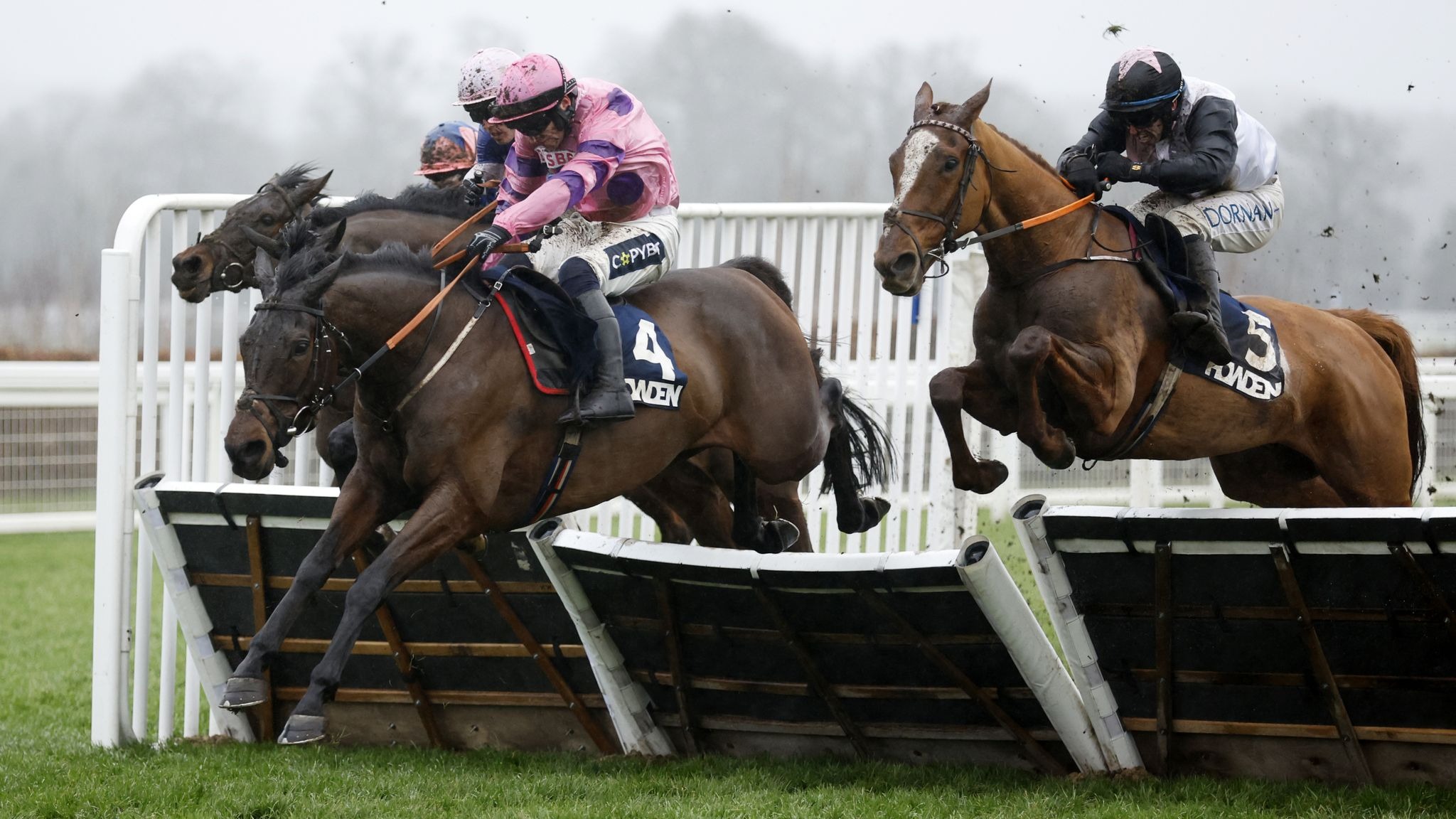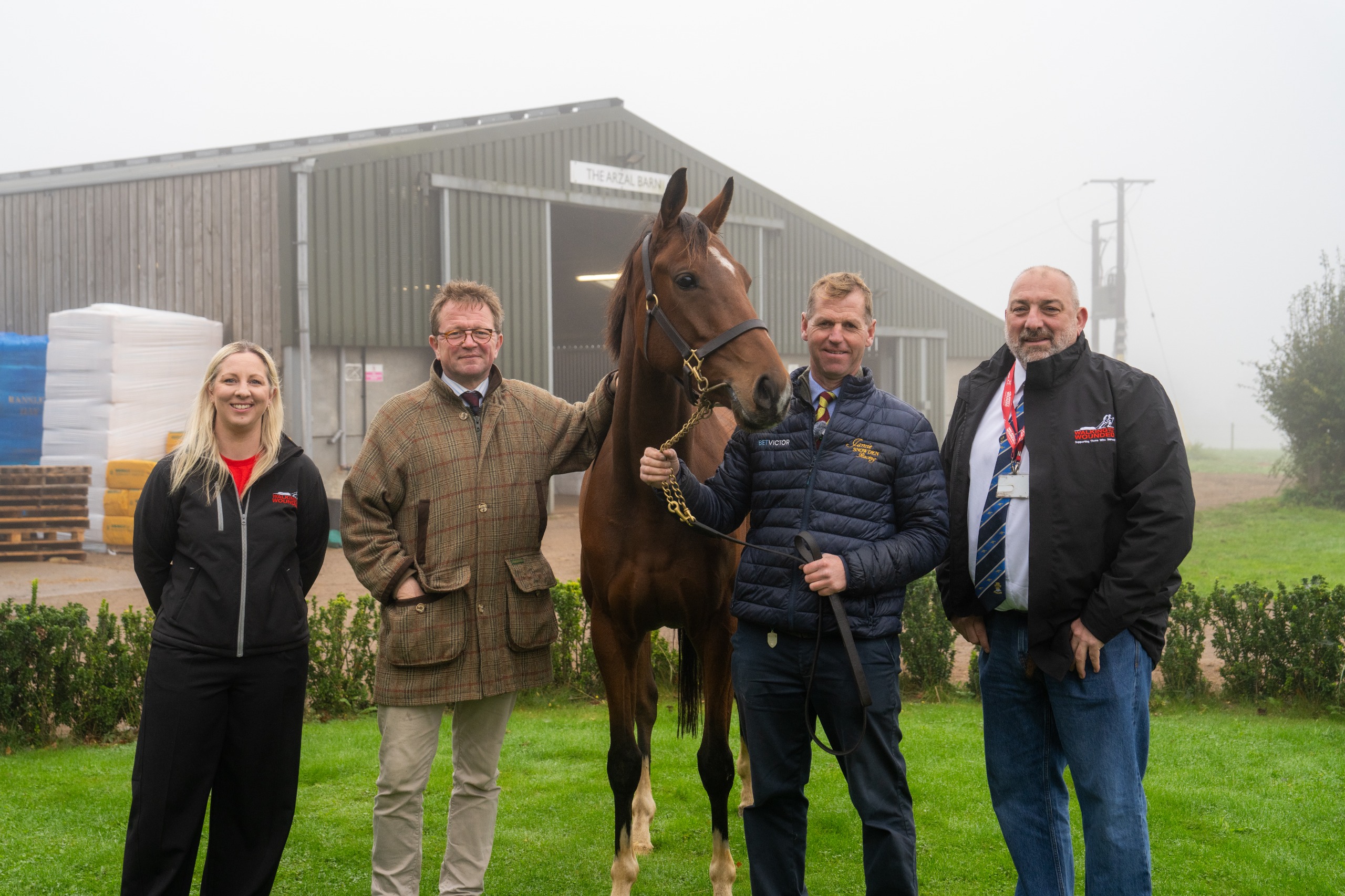Old Gold Racing
June 16, 2022The Story of Becher's Brook
The Grand National was first 'officially' run in 1839 with the well-known fence, Becher's Brook, included from the get-go.

The fence is jumped twice during the race, as the 6th and 22nd of 30.
If the legendary Becher's Brook strikes fear into the hearts of millions of spectators every year (as they watch, gobsmacked), just imagine how the participants feel as they hurtle towards the 4' 10" edifice with a 6' drop on the landing side at, perhaps, 35mph.
Some jockeys have likened this experience to 'jumping off the edge of the world.'
But how did it get its name?
Becher's Brook is named after Captain Martin Becher (late Buckinghamshire Yeomanry). Becher fell from his ride, Conrad, at the formidable fence in the very first year of the running of the Grand National.
According to Sir John Becher ('call me Johnny') - cousin and scion of Captain Becher’s family - upon returning to the weighing room after his fall, Captain Becher complained how 'dreadful the water tasted without brandy'. There's no doubt a swig or two might've softened the blow.
With equine and human welfare becoming an increasingly important presence in racegoers minds, the fence has been modified, on numerous occasions, in order to improve safety.
In conversation with Charles Barnett, the former managing director at Aintree Racecourse, Johnny volunteered: 'You have made my brook too easy.'
To which Barnett replied ... 'I’m fed up with your "Brook" Becher' - (there may have been another alliterative 'B' there but the tape is a little crackly).
He then continued to expound that the brook was not only known for collecting a few broken-boned jockeys during the fabled race, but that it was also 'a suitable spot for getting up to no good' by any number of [presumably] amorous Grand National aficionados.
Consequently, the ground staff are left to clear up any remnants of these ardent antics. It is very much listed as a short-straw task.

Written by:
Old Gold Racing
Share article:


